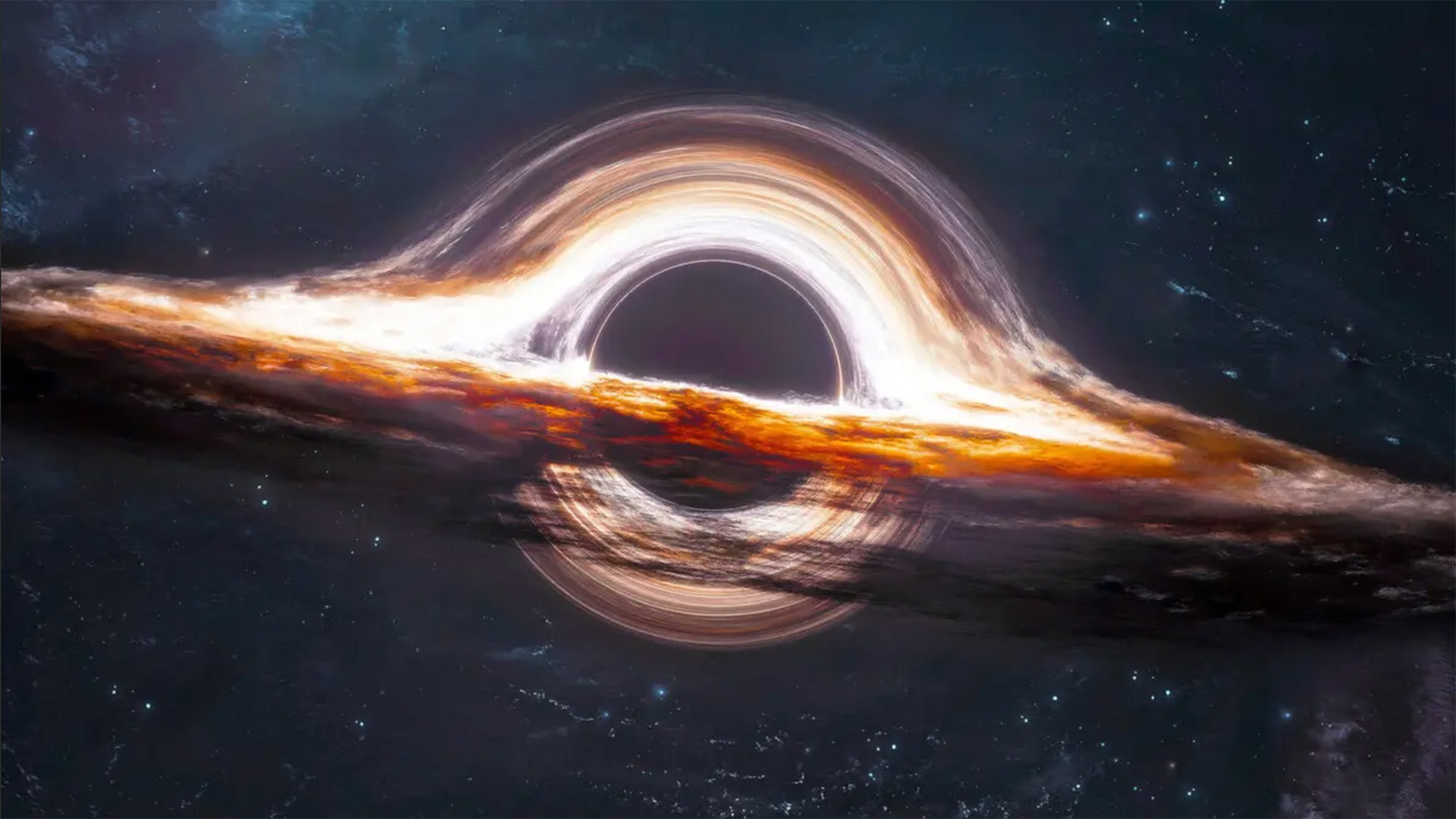Overview
Supermassive black holes have been discovered dynamically at the centers of more than 150 local galaxies, but the local census is highly incomplete, particularly in the high mass regime beyond several billion solar masses. A robust determination of a black hole’s mass requires both superb datasets and extensive theoretical modeling. I will describe recent progress in studying black holes in M87 and other massive galaxies enabled by integral-field spectroscopy and triaxial stellar orbit modeling. I will discuss the implications of these results for (1) the local scaling relations between black holes and galaxies; (2) their respective mass functions; and (3) the expected low-frequency gravitational waves from merging black hole binaries targeted by ongoing pulsar timing array experiments.
